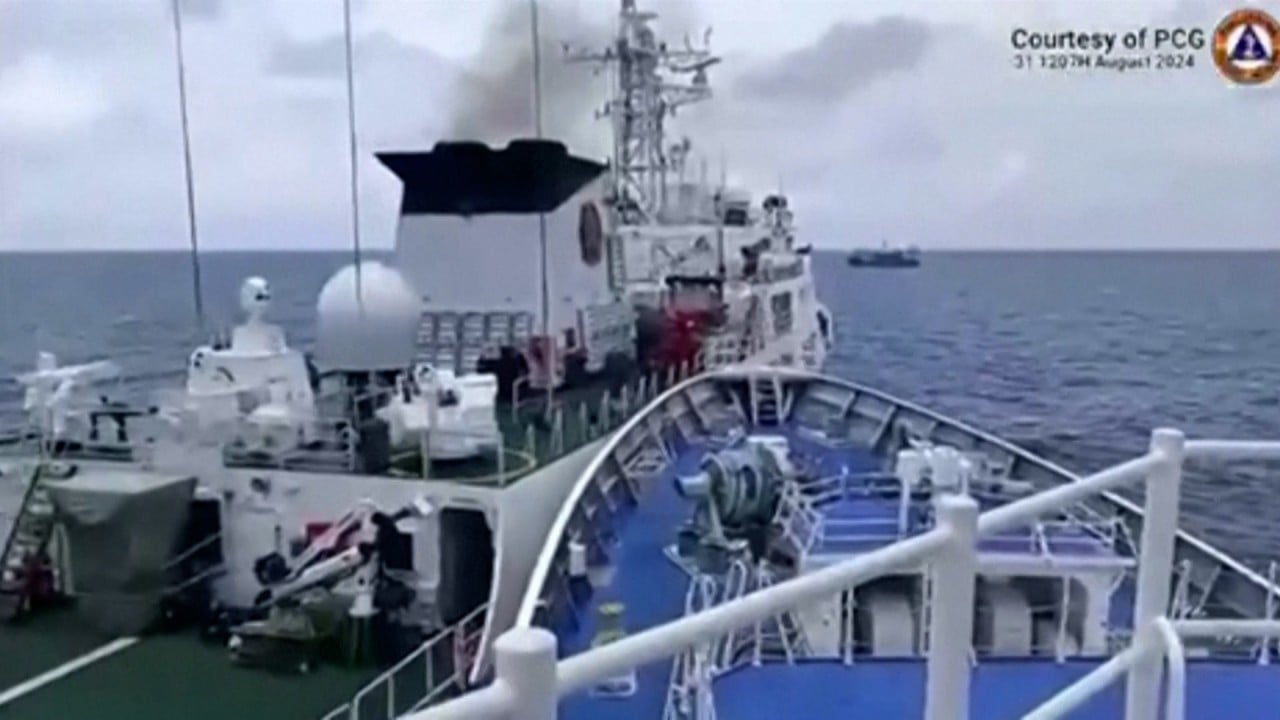Advertisement
South China Sea: how should the Philippines respond to China’s Sabina Shoal moves?
The escalating conflict raises urgent questions about Manila’s long-term strategy and approach to safeguarding its territorial rights
Reading Time:4 minutes
Why you can trust SCMP
43

A string of recent stand-offs at Sabina Shoal have sparked calls for the Philippines to urgently rethink its South China Sea strategy – though opinions are divided over its best course of action.
Advertisement
Should Manila lean on its long-time ally, the United States, risking further conflict? Or might it find a more effective path by mirroring Vietnam’s diplomatic balancing act?
The debate rages as the disputed atoll, known to Manila as Escoda Shoal, has emerged as the latest flashpoint in the contested waters, with recent collisions – including an encounter between Philippine and Chinese coastguard ships last Saturday – triggering a cascade of blame and accusations.
Advertisement
The escalation at Sabina Shoal was due to the “long-time” presence of the Philippine coastguard vessel BRP Teresa Magbanua and “its intention to occupy the place”, China’s Foreign Ministry spokeswoman Mao Ning said at a regular briefing on Monday, reiterating calls for Manila to remove the ship.
Philippine officials showed footage of one of the country’s vessels sustaining a huge hole after being rammed three times by Chinese ships. The government said it had conveyed “displeasure” to Beijing over the clash.

Advertisement
